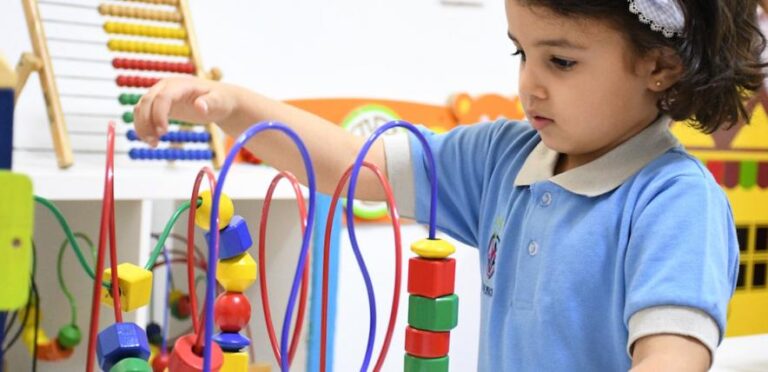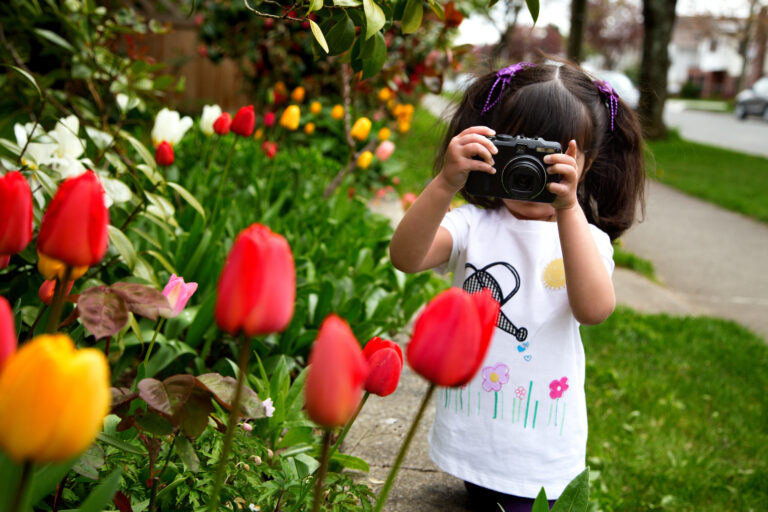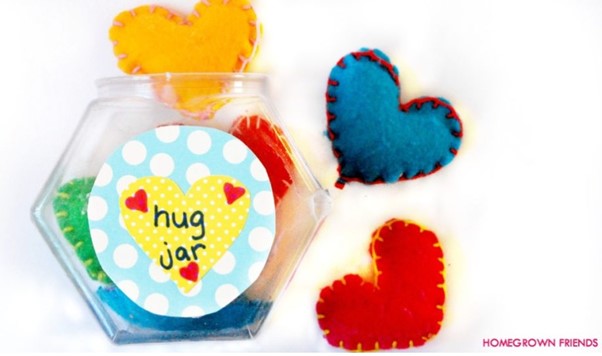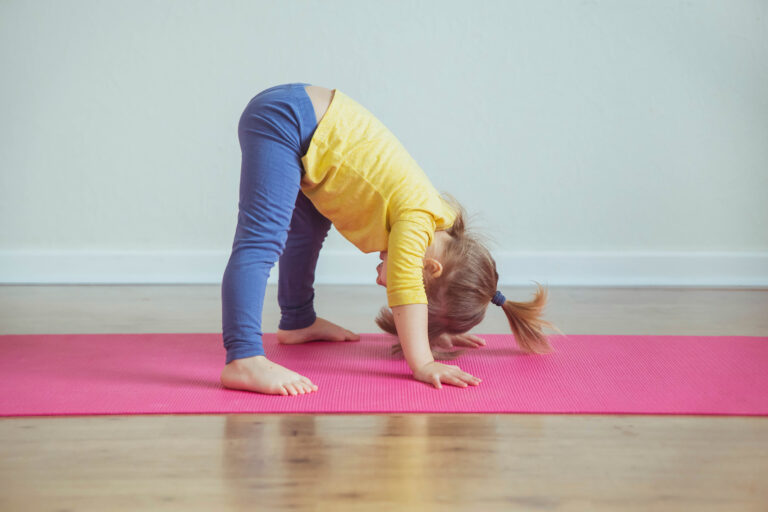I want my three year old to play with lots of different toys, but she just wants dolls all the time. What can I do to encourage her to try something different?
Have you ever walked past a nursery or primary school at break time and noticed how children play? If you have, you may have spotted how girls tend sit huddled in a small crowd chatting or playing hand games, while boys will be running the length and breadth of the playground, chasing each other and generally being noisy.
This is because boys and girls play differently. And when it comes to toys, their choices are distinct too. Studies have shown that girls are more likely to choose dolls and soft toys, while a boy will be more interested in cars and building blocks.
It’s a cultural thing
Part of the reason for this is down to gender stereotyping from a young age. Parents who know they are expecting a girl are more likely to paint the nursery pink or blue for a boy. But however neutral they decide to be, society will treat them differently regardless. Look at how toy manufacturers target certain toys at one gender or the other by the colour and type of packaging. Boys’ toys will often be associated with ‘adventure’, while girls’ will be inadvertently encouraged to be nurturing or ‘crafty’.
Karen Pierce, who has three children aged eight, six and three years, recalls how her mother-in-law refused to buy her eldest son a dolls’ house when he was a toddler “because the packaging was pink, and therefore for girls”.
“It made me really cross, as there was no reason why Nathan shouldn’t have enjoyed playing with a dolls’ house,” Karen said. “It was what he wanted and asked for. I don’t know what she thought the implications would be of him playing with one. It was baffling.
“In the end we bought it ourselves and he was thrilled. We just wanted him to have as wide a range of toys as possible so he could explore the world around him.”
Nature vs nuture
However, it’s not all to do with toys and merchandising. Research has shown that nature plays a part too and there are innate hormonal, neurological and physical differences between the sexes that manifest early on. The hormones they experience in utero may play a part, experts believe. They have noticed, for example, that from birth, girls show more interest in people and faces than boys do. This might explain girls playing with dolls and teddies, and boys with trucks or trains.
Parents are also more likely to allow boys to take risks and will encourage rough-and-tumble in their play, while they will try to protect girls from getting hurt.
Girls have been found to have more pronounced language skills and tend to talk earlier than boys, which means they participate in games than involve role-play and make-believe more than boys. This may also explain why girls enjoy one to one time with a friend, while boys are more likely to prefer to play in a bigger group.
Young males, on the other hand, are born with more muscle mass which might be why they’re more physically active. They also have better mechanical and spatial skills, which will drive their interest in building blocks and cars.
Simon Baron-Cohen, Professor of Developmental Psychopathology at Cambridge University has studied the differences between male and female brains. He says that girls’ and boys’ brains are “wired” differently with females more predisposed to empathy and being sensitive to others. This is why girls are more likely to chat or do role-play with girls, while boys will prefer rougher play. However, he adds, these rules don’t apply across the board and individual children may react differently.
So what should parents do?
Experts suggest that parents give their children as wide a range of playing experiences as possible, to allow them to challenge themselves, find out what they enjoy and are good at and so give more learning opportunities. Parents can be good role models too. Mums can encourage their girls to do more physical activity by showing that they exercise themselves, while offering a boy a stuffed toy to cuddle will show him he can be kind and nurturing, just like his Daddy.
Further information
http://www.whattoexpect.com/playroom/playtime-tips/why-girls-and-boys-play-differently.aspx
https://moleboi.wordpress.com/2014/11/05/do-boys-and-girls-play-differently-does-gender-affect-play/
Written by Dorothy Lepkowska for the Early Years Alliance.







